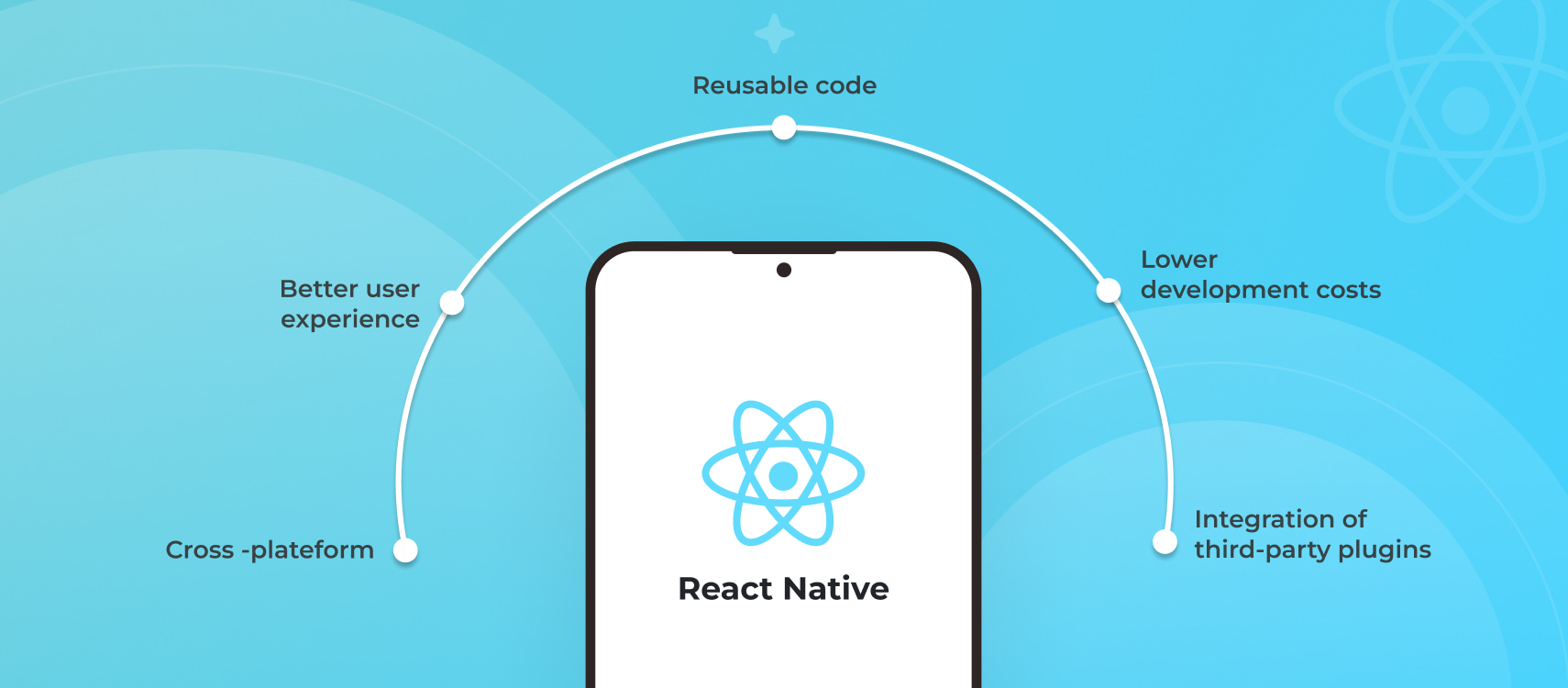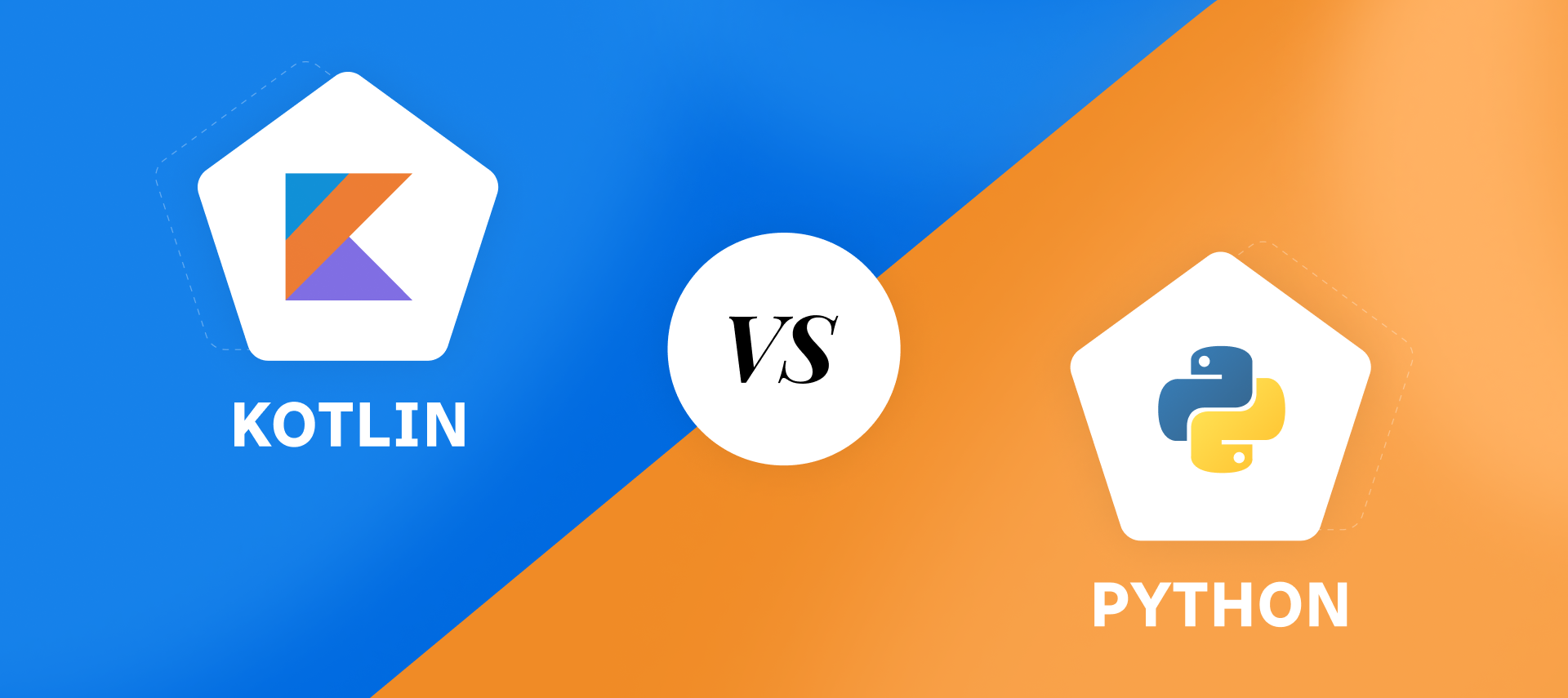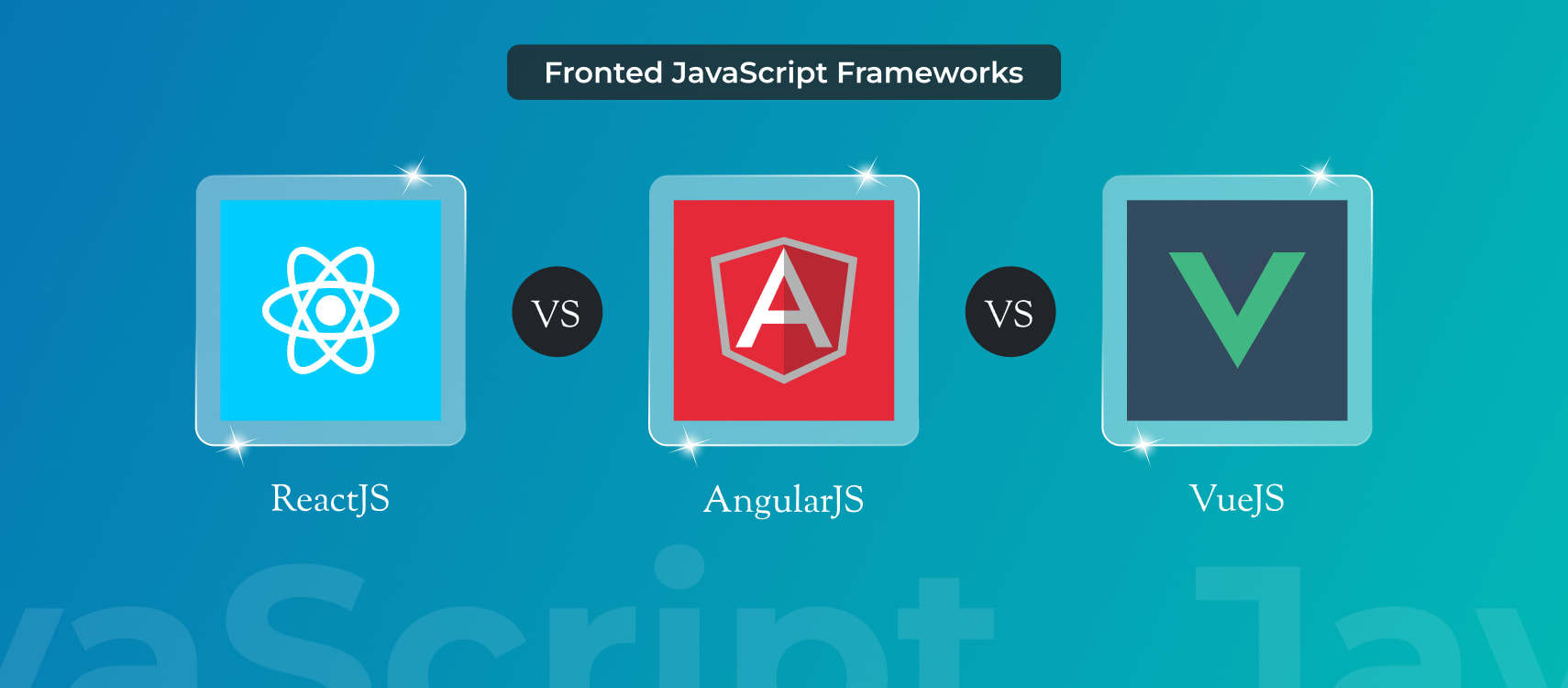Table of Contents
- Thriving React Native Community
- Instant Hot Reloading
- Native Performance with JavaScript Ease
- Reusable Codebase and Cost Efficiency
- Smooth User Experience and Native Feel
- Future-Proofing with Facebook’s Backing
- Cross-Platform Consistency
- Seamless Third-Party Integration
- Growing Talent Pool
- Summarising
The world of mobile app development is in a constant state of evolution, with technologies and frameworks advancing at an unprecedented pace. In this dynamic landscape, developers often find themselves assessing the suitability of their chosen tools. One such consideration is the migration from Xamarin, a popular cross-platform mobile app development framework, to React Native.
In this article, we are going to explain the key reasons behind migrating from Xamarin to React Native.
Vibrant Ecosystem and Community Support
React Native boasts a vibrant ecosystem and an active community that is constantly working to enhance the framework’s capabilities. This robust support from thousands of React Native app developers worldwide translates to a wealth of open-source libraries, plugins, and components that expedite development. As a result, developers migrating from Xamarin to React Native gain access to a broader set of tools, streamlining the development process and accelerating time-to-market.
React Native’s extensive library ecosystem enables developers to integrate cutting-edge features effortlessly. Whether it’s implementing complex animations, handling device-specific functionalities, or incorporating third-party services, React Native’s well-maintained libraries simplify the integration process, ensuring developers can focus on building engaging user experiences.
Hot Reloading and Faster Development Cycles
React Native’s hallmark feature, ‘Hot Reloading,’ has revolutionized the development workflow. Unlike Xamarin, where app changes require recompilation and deployment, React Native allows developers to instantly view the impact of code modifications in real-time. This feature accelerates the debugging process, as developers can quickly identify and rectify issues without waiting for time-consuming compilation cycles.
The faster development cycle offered by React Native aligns with modern agile practices, enabling iterative development and frequent updates. This agility particularly makes startups go for hiring React Native app development companies to stay ahead in the competitive app market.
Native Performance with JavaScript Ease
React Native bridges the gap between native performance and the ease of JavaScript development. While Xamarin provides native performance through its use of C# and .NET, React Native leverages JavaScript to achieve the same performance while enabling rapid development.
React Native employs a ‘bridge’ to communicate between JavaScript and native modules, ensuring that the app’s performance remains on par with its native counterparts. This bridge minimizes the performance gap between Xamarin and React Native, making the latter an appealing option for developers who prioritize both performance and development efficiency.
Reusable Codebase and Cost Efficiency
Migrating from Xamarin to React Native offers a significant advantage in terms of code reusability. React Native’s philosophy of ‘write once, use anywhere’ empowers developers to reuse a substantial portion of code across different platforms. This efficiency translates into reduced development effort and cost savings.
By adopting React Native, businesses can allocate resources more effectively, focusing on enhancing the user experience rather than allocating separate development teams for different platforms. The ability to target both iOS and Android platforms with a single codebase contributes to faster development and lowers the overall maintenance burden.
Smooth User Experience and Native Feel
React Native excels in delivering a smooth user experience that closely mimics the native feel of applications. While Xamarin offers a similar experience, React Native’s UI components are closely aligned with the native platform’s design guidelines, resulting in interfaces that seamlessly integrate with the respective ecosystems.
React Native’s extensive support for animations and gestures further enhances the user experience, allowing developers to create visually appealing and interactive applications. This focus on user experience is crucial in today’s app landscape, where user engagement plays a pivotal role in an app’s success.
Future-Proofing with Facebook’s Backing
React Native is backed by Facebook, which invests heavily in its development and maintenance. This backing ensures that React Native remains relevant and up-to-date with the latest industry trends and advancements. As a result, migrating from Xamarin to React Native can provide developers with a sense of future-proofing, knowing that they are adopting a framework that will continue to evolve and adapt.
Cross-Platform Consistency and UI Standardization
React Native excels in ensuring cross-platform consistency and standardization of user interfaces. With Xamarin, developers need to fine-tune the user interface separately for iOS and Android platforms to ensure a native look and feel. This process can be time-consuming and lead to inconsistencies between platforms.
In contrast, React Native’s component-based architecture encourages developers to use consistent UI elements across platforms. This approach not only streamlines the development process but also guarantees that the app’s UI adheres closely to the platform-specific design guidelines. By migrating to React Native, developers can achieve a harmonious user experience across different devices without the need for extensive platform-specific customization.
Seamless Third-Party Integration
React Native’s robust library ecosystem extends to third-party integrations, making it a seamless choice for incorporating external services and APIs. This is particularly relevant in today’s app development landscape, where apps often need to connect with various backend services, analytics platforms, and other APIs.
When migrating from Xamarin to React Native, developers gain access to a wide range of pre-built integrations. These integrations not only save development time but also ensure that the app remains up-to-date with the latest features and capabilities of third-party services.
Furthermore, React Native’s integration capabilities are well-documented, making it easier for developers to implement complex integrations without facing significant challenges..
Growing Talent Pool and Reduced Hiring Barriers
React Native’s rising popularity has led to an increase in the availability of skilled developers well-versed in the framework. As more developers invest time in learning React Native, the talent pool continues to grow, making it easier for businesses to find experienced professionals to join their teams.
This expanded talent pool reduces hiring barriers for companies considering a migration from Xamarin to React Native. The availability of skilled developers ensures a smoother transition and a quicker ramp-up period for new team members. Additionally, the abundance of resources, tutorials, and documentation associated with React Native facilitates the onboarding process for both existing and new team members.
Summarising
The decision to migrate from Xamarin to React Native offers a multitude of advantages that align with modern development practices and the evolving needs of the mobile app industry. While Xamarin has been a reliable choice for cross-platform development, React Native’s dynamic ecosystem, performance optimization, and developer-friendly features provide compelling reasons for making the switch.










